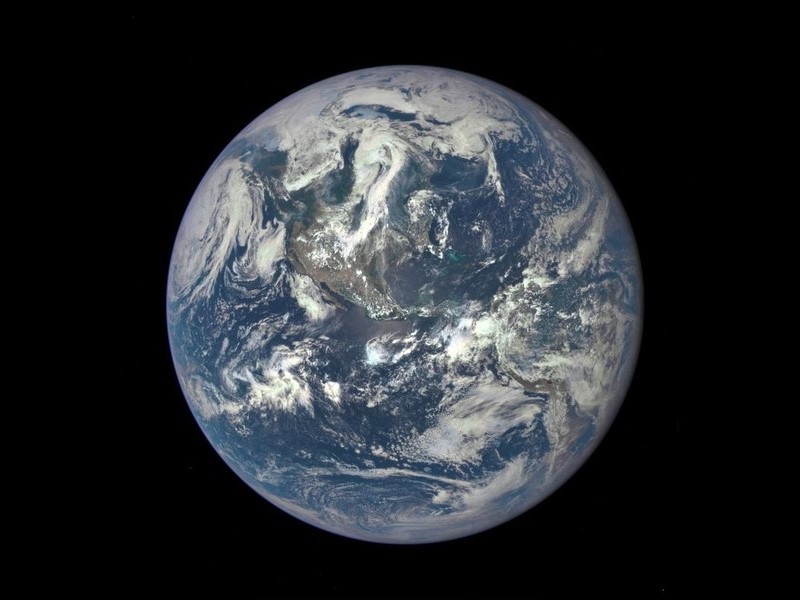- Home
- Science
- Science News
- Nasa Says Big Asteroid Could Pass Near Earth Next Month
Nasa Says Big Asteroid Could Pass Near Earth Next Month

First spotted in 2013, the asteroid could fly as close as 11,000 miles (17,700 km) from Earth on March 5, according to scientists at Nasa's Jet Propulsion Laboratory in Pasadena, California.
That is roughly 1/20th the distance from Earth to the moon and about half as far as many communications satellites that ring the planet.
But given uncertainty about the precise path of the asteroid, known as 2013 TX68, it also could end up as far as 9 million miles (14 million km) from Earth during its flyby.
The asteroid was visible for just three days during its last approach to Earth in 2013 before it passed into daytime skies and could no longer be tracked.
"It will be hard to predict where to look for it," Nasa's Paul Chodas, who manages the agency's Near-Earth Objects Studies office, said in a statement.
Nasa said there is a one-in-250 million chance of an impact during the asteroid's next pass on Sept. 28, 2017, though future observances are likely to reduce that probability even further.
"The possibilities of collision on any of the three future flyby dates are far too small to be of any real concern," Chodas said.
The asteroid is about twice the size of the one that exploded over Chelyabinsk, Russia, in 2013. That blast shattered glass and destroyed buildings, leaving more than 1,000 injured.
If an asteroid the size of 2013 TX68 passed into Earth's atmosphere and exploded, Nasa estimates it would likewise be about twice as powerful as the Chelyabinsk blast.
© Thomson Reuters 2016
Catch the latest from the Consumer Electronics Show on Gadgets 360, at our CES 2026 hub.
Related Stories
- Samsung Galaxy Unpacked 2025
- ChatGPT
- Redmi Note 14 Pro+
- iPhone 16
- Apple Vision Pro
- Oneplus 12
- OnePlus Nord CE 3 Lite 5G
- iPhone 13
- Xiaomi 14 Pro
- Oppo Find N3
- Tecno Spark Go (2023)
- Realme V30
- Best Phones Under 25000
- Samsung Galaxy S24 Series
- Cryptocurrency
- iQoo 12
- Samsung Galaxy S24 Ultra
- Giottus
- Samsung Galaxy Z Flip 5
- Apple 'Scary Fast'
- Housefull 5
- GoPro Hero 12 Black Review
- Invincible Season 2
- JioGlass
- HD Ready TV
- Laptop Under 50000
- Smartwatch Under 10000
- Latest Mobile Phones
- Compare Phones
- OPPO Reno 15 Pro Max
- Honor Win RT
- Honor Win
- Xiaomi 17 Ultra Leica Edition
- Xiaomi 17 Ultra
- Huawei Nova 15
- Huawei Nova 15 Pro
- Huawei Nova 15 Ultra
- Asus ProArt P16
- MacBook Pro 14-inch (M5, 2025)
- OPPO Pad Air 5
- Huawei MatePad 11.5 (2026)
- Xiaomi Watch 5
- Huawei Watch 10th Anniversary Edition
- Acerpure Nitro Z Series 100-inch QLED TV
- Samsung 43 Inch LED Ultra HD (4K) Smart TV (UA43UE81AFULXL)
- Asus ROG Ally
- Nintendo Switch Lite
- Haier 1.6 Ton 5 Star Inverter Split AC (HSU19G-MZAID5BN-INV)
- Haier 1.6 Ton 5 Star Inverter Split AC (HSU19G-MZAIM5BN-INV)

















